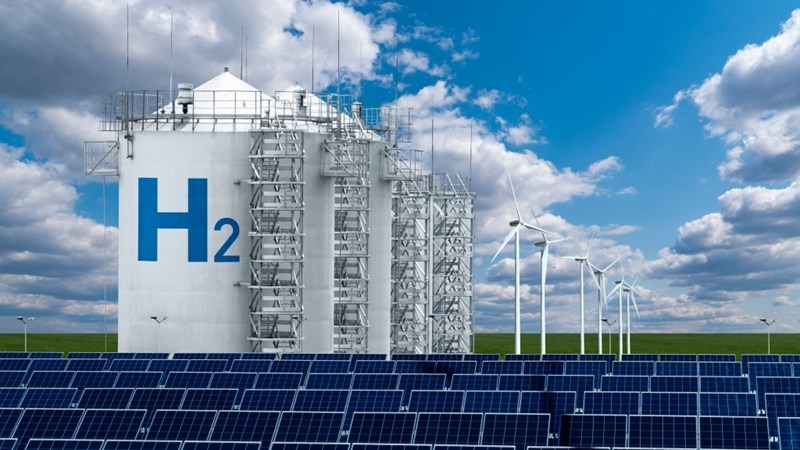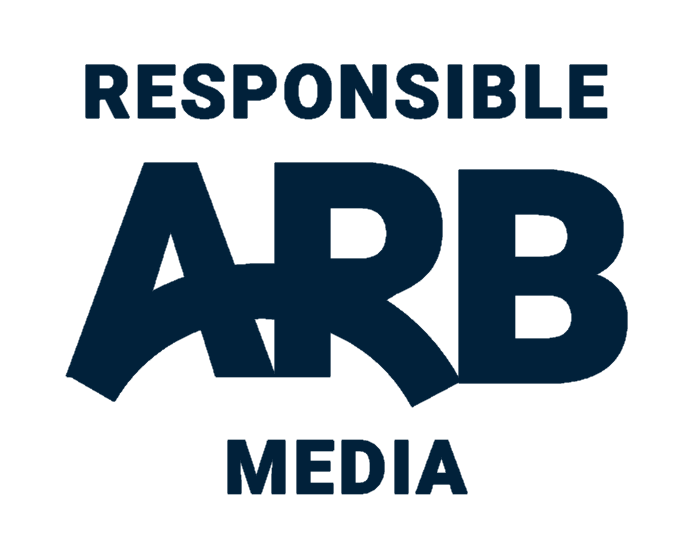Central SA
Northern Cape’s proposed green hydrogen hub to create 6000 jobs─── 06:51 Fri, 23 Sep 2022

The Boegoebaai green hydrogen hub in the Northern Cape can be a strategic project to open Southern Africa’s full green energy potential.
A 24-month study of the strategic potential of the hub is within a hair’s breadth of reaching the halfway mark.
Part of the planning being done is for 9GW of renewable sun and wind energy to be generated, 400 000 tonnes of green hydrogen a year to be produced, and 6000 jobs to be created. The initial concession is for a 5GW electrolyser to be deployed.
Boegoebaai, situated 60km north of Port Nolloth, has large tracts of land and globally competitive renewable energy factors.
Biggest province by land mass
The Northern Cape has excellent renewable energy resources as the biggest South African province by land mass which is sparsely populated, has little alternative use for the land and is uncomplicated topography. Collectively, this is exceedingly supportive of renewable energy generation and green hydrogen development.
The renewable energy capacity of the Northern Cape is more than sufficient for what South Africa would require, based on its projections, but far-reaching consideration is being given as to how the renewable capacity is developed and scaled up.
Integrated energy and chemicals company Sasol, a seasoned grey hydrogen campaigner, is evaluating Boegoebaai for green hydrogen derivative exports, together with the Northern Cape Economic Development Agency.
“We’re working extremely well, especially with government and the state-owned entities,” Sasol hydrogen programme management head, Rilet Davison, told this month’s Hydrogen Economy Discussion.

PHOTO: Rilet Davison from Sasol
Important greenfield development
The associated deep-water port envisaged would be an important greenfield development.
Transnet National Ports Authority invited a request for qualification for the financing, development, and operation of the port and linked rail line infrastructure.
Also to be developed will be a special economic zone and other supporting infrastructure.
In line with SA’s Hydrogen Society Roadmap, Sasol signed a memorandum of agreement with the Northern Cape government in October last year to determine the hub’s economic feasibility.
If selected, in the spirit of the roadmap, the 5GW electrolyser will be a proton exchange membrane (PEM) electrolyser, which will highlight SA’s platinum group metals (PGMs) endowment and serve as yet another acknowledgement of the superior performance of platinum-using PEM technology.
The agile modular project approach being investigated for Boegoebaai envisages first production in 2030, within an ecosystem of partnerships.
"Boegoebaai is strategic to South Africa"
At last year’s Sustainable Infrastructure Development Symposium, President Cyril Ramaphosa highlighted Boegoebaai as strategic to SA, in his State of the Nation address.
Sasol is drawing up an overall master plan, parallel with determining what its investment will be.
The Boegoebaai project will provide access to export markets and highlight potential regional integration with Namibia, which has major green hydrogen development plans of its own.
Already registered as a strategic integrated project (SIP), the green hydrogen hub is awaiting gazetting as an SIP, linked to renewable economic development zone eight, or REDZ8.
As lead project integrator, Sasol will need significant partnerships and ecosystem development.
“We have done a pre-feasibility in which all the potential configurations were assessed, given that we have the optionality of doing either green ammonia or methanol or sustainable aviation fuels (SAFs), or a combination thereof,” said Davison.
“We’re currently determining the scale at which we want to invest, what that ramp-up profile will look like, and then the actual masterplan,” she added.
Hydrogen is not transported as hydrogen over long distances, and a possible carrier of the hydrogen will be green ammonia.
“We’re working very closely with ports in Europe and Japan to look at what that green ammonia chain will look like and the infrastructure required, based on the applications at the import location.
“Currently it’s not economically feasible to crack the ammonia back to hydrogen use, so we’re doing quite a lot of studies, especially with the Port of Rotterdam, to see how that can be done more cost-effectively and on a larger scale,” said Davison.
The green transitioning of Sasol’s existing energy and chemicals complex at Secunda, in Mpumalanga, will take place simultaneously, involving a renewable energy programme with many tranches.
The feasibility of building a green hydrogen pipeline from Secunda to Boegoebaai for export is also being undertaken, with Boegoebaai strategic from a country's point of view.
Sasol is working closely with other entities in South Africa on their national green hydrogen strategies. “We believe it will be essential for the industry to work together because an ecosystem needs to be developed. I also agree that it’s not a competition. There are more than enough opportunities for projects to develop and to support one another,” said Davison.
The significant support the Boegoebaai project is receiving from both the public and private sectors is highlighting its promise.














